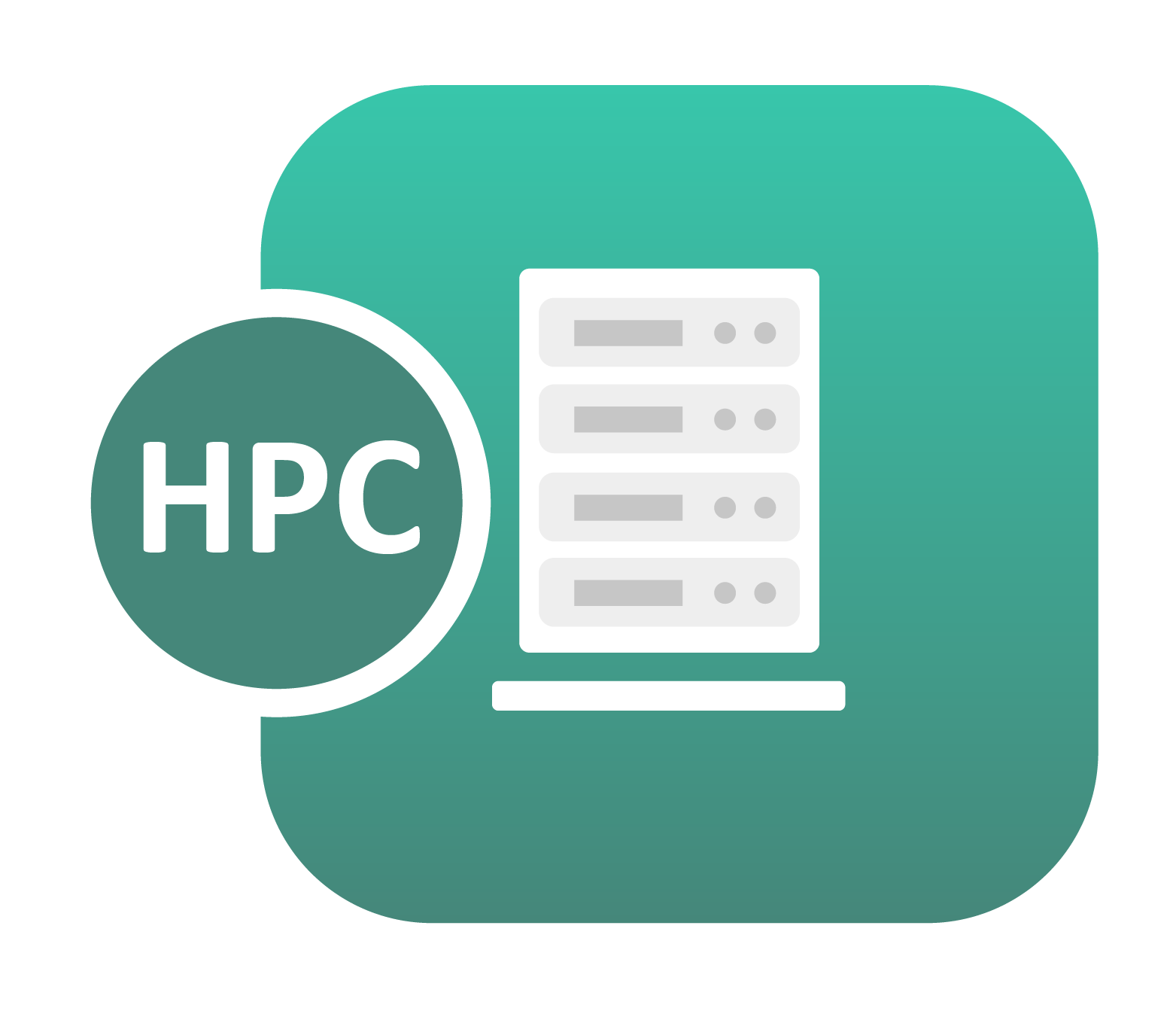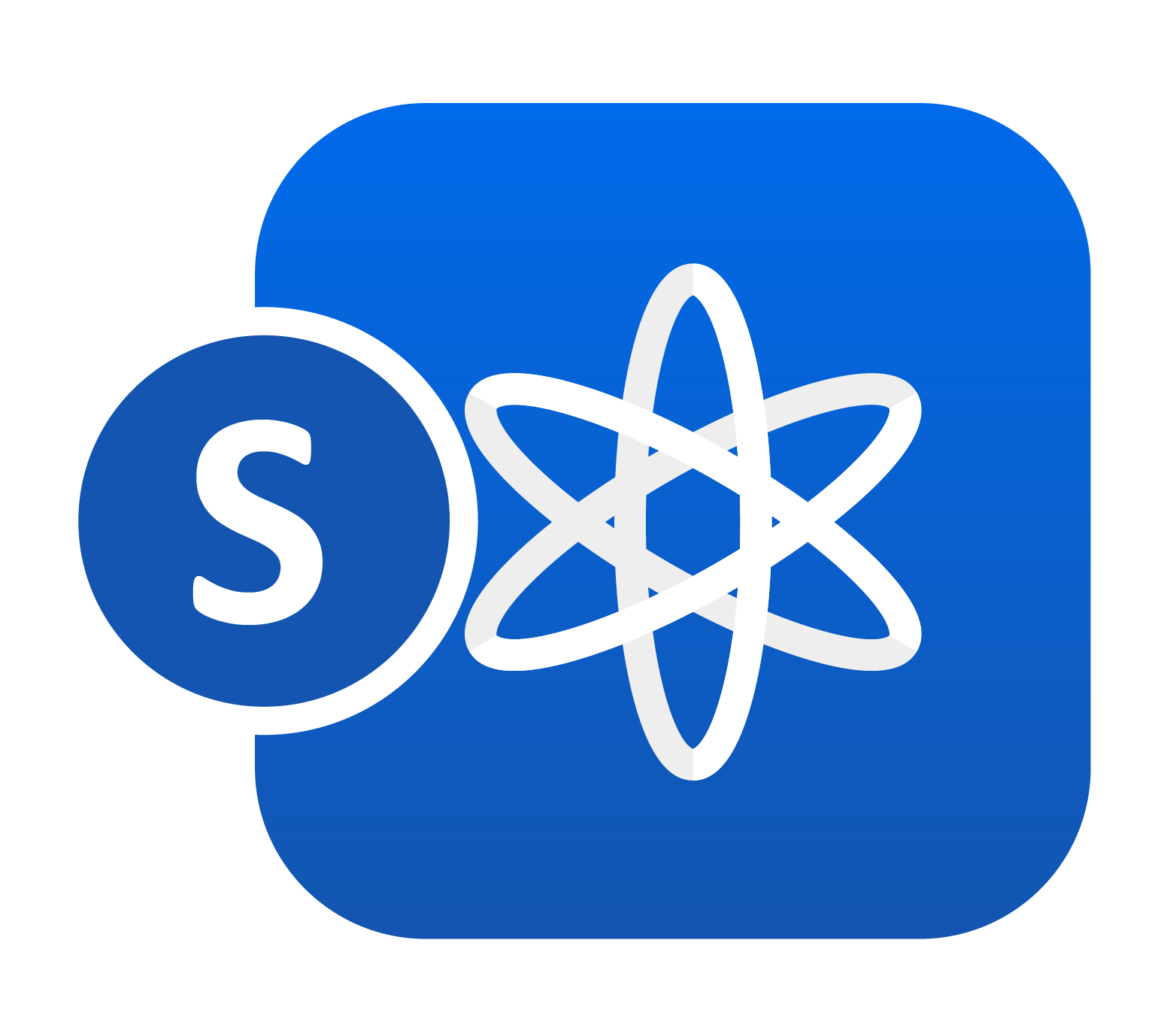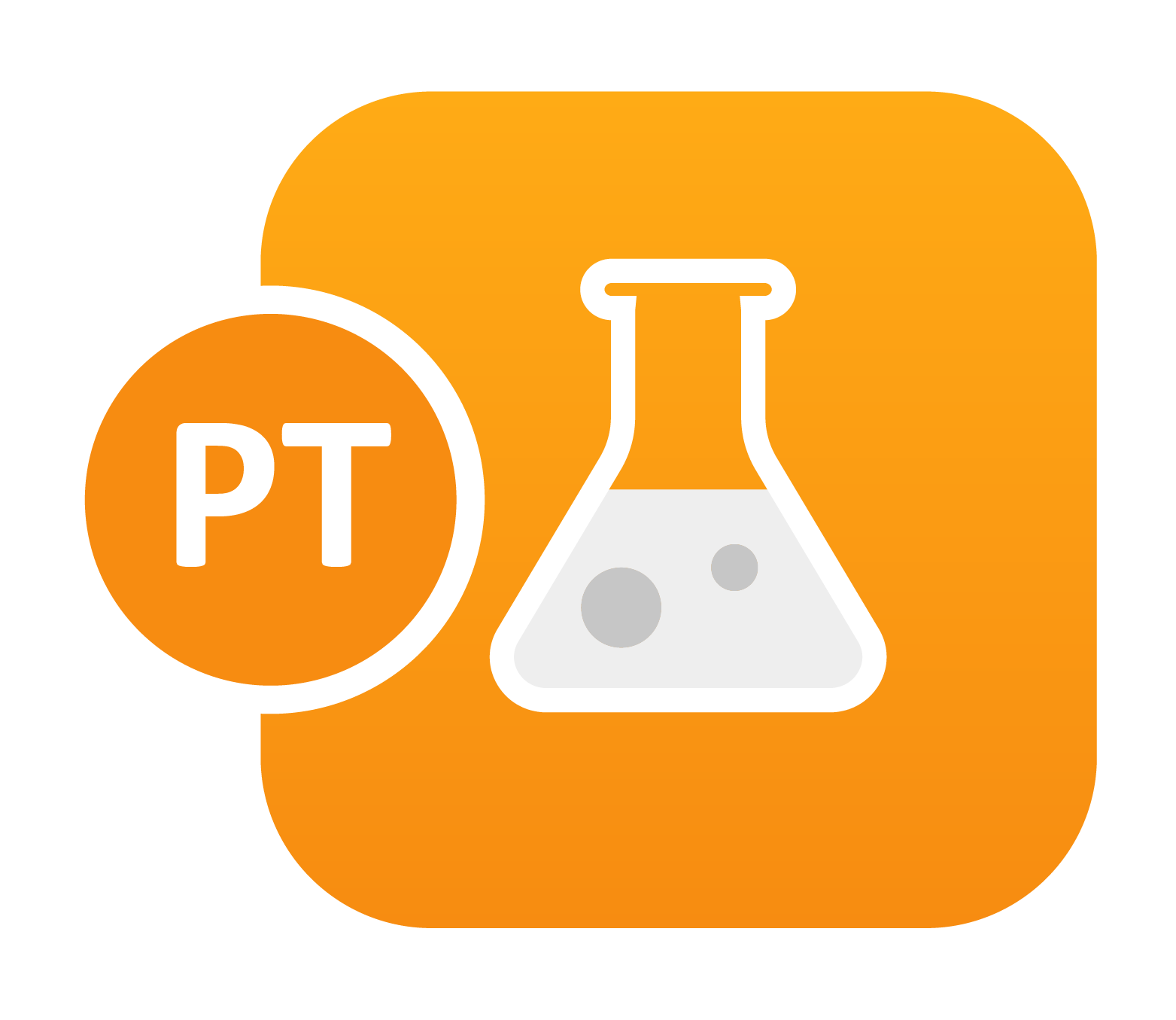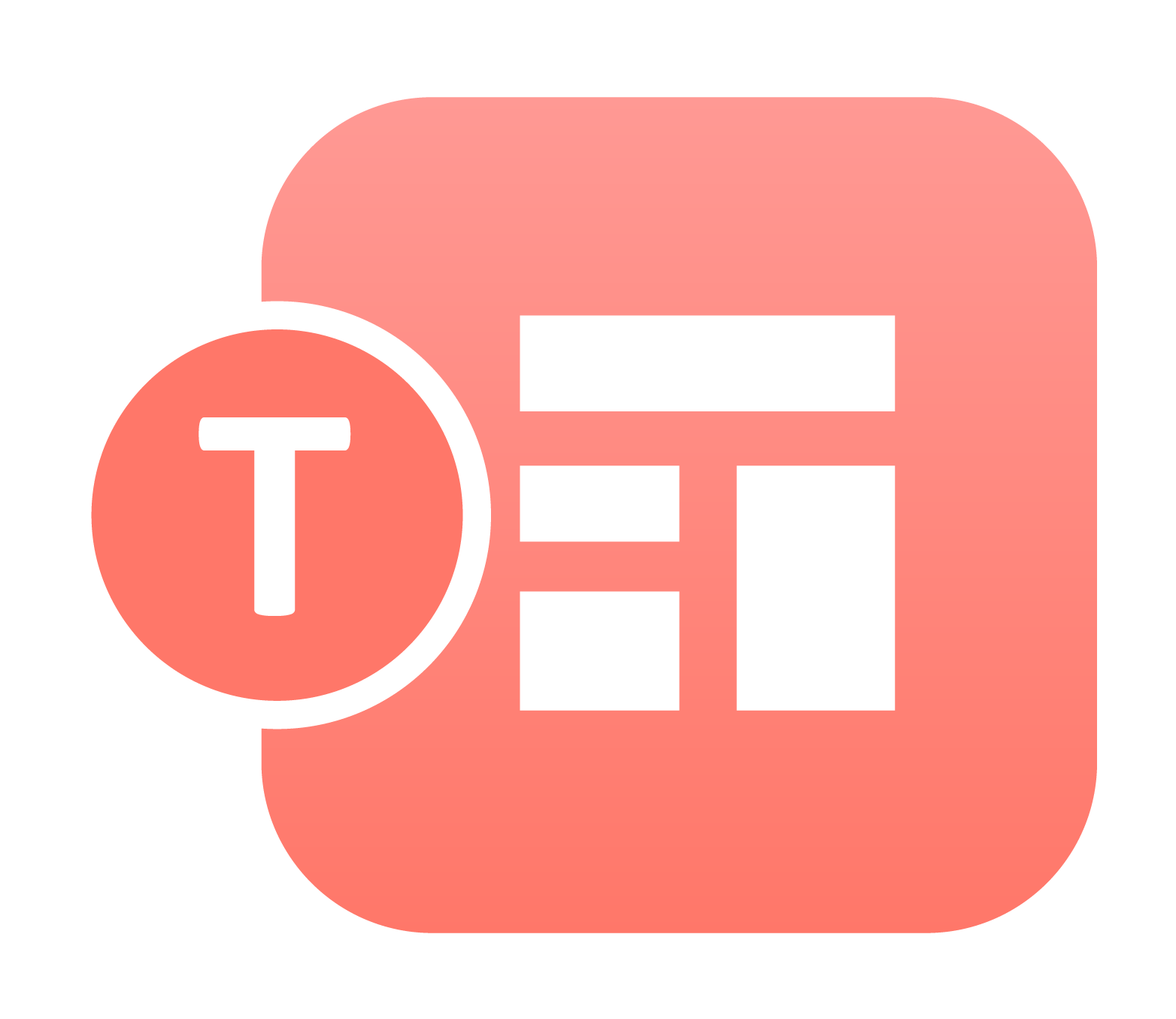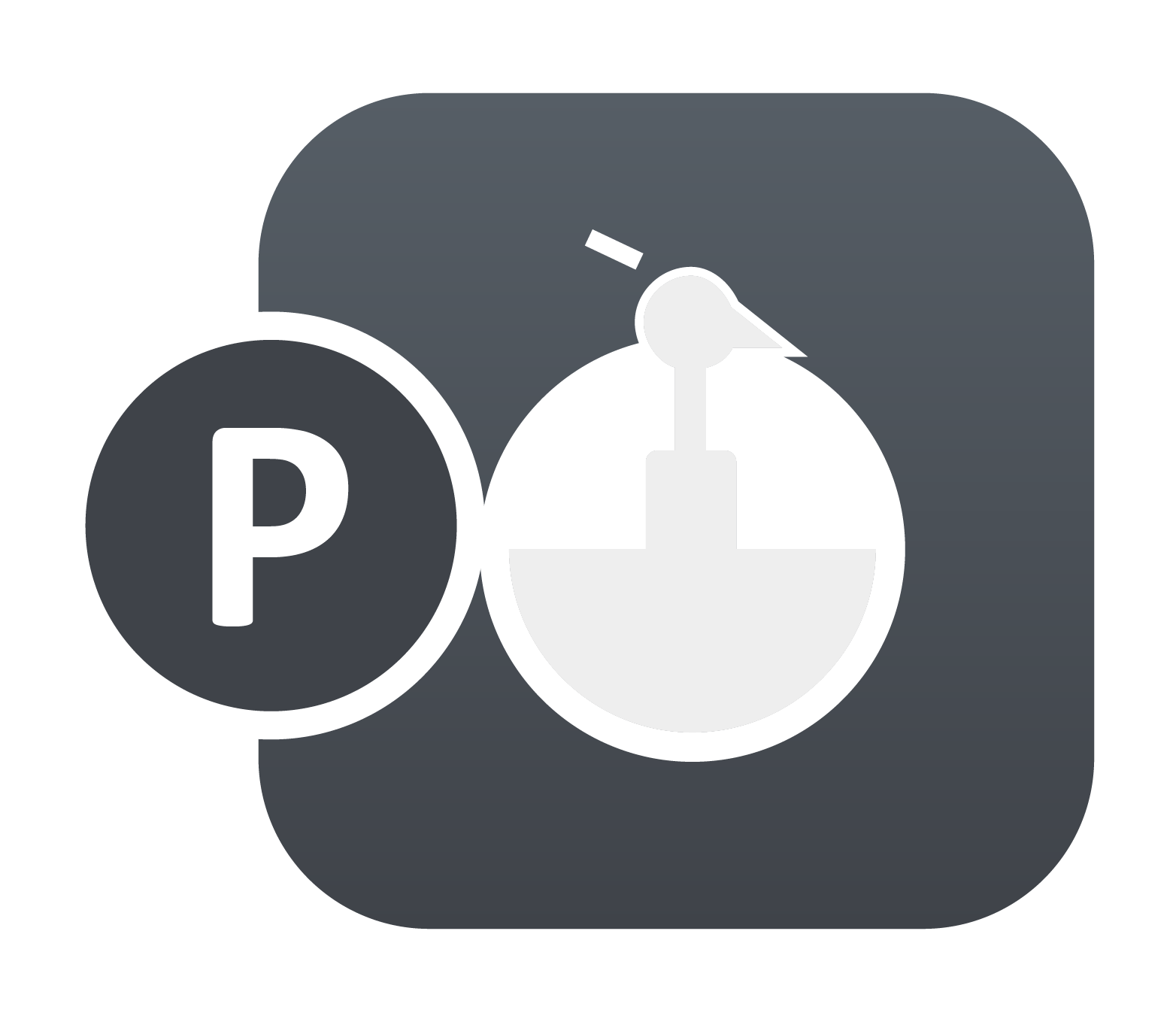Full-Newton and Quasi-Newton Iterative Schemes
When running problems using Implicit solution sheme in LS-DYNA, the default iterative non-linear solver used is the BFGS method that employs a ‘Quasi-Newton’ method in which the global stiffness matrix is reformed only every ILIMIT steps and in between these a relatively inexpensive update to the stiffness matrix is performed. This default stiffness matrix update…


